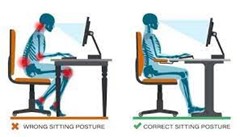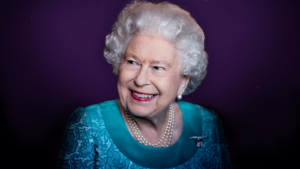Case 1- Neck stiffness
She works at a computer for roughly 8 to 10 hours a day and does report considerable stress at work over the last year. She used to go to the gym 4 times a week, but work commitments have made this more difficult this year.
On examination she has full mobility in her neck but pain particularly when turning her head to the left which she feels over the top of her shoulder and around her shoulder blade. She is very stiff across her neck and shoulders. When tested, she has less sensation and more sensation in different areas of the left arm, she has normal arm and hand strength and normal reflexes.

The exam findings are reassuring as there is no evidence of any nerve damage to the arm or any bone or joint restriction to movement in her neck.
We looked at her sitting position at the computer and suggested allowing herself to rest her shoulders back in the chair and bring the keyboard closer to her to keep her shoulders more relaxed when working.
A 38-year-old man with pain in the back on his right heel. Pain came on after increasing the amount of running he had been doing while training for a marathon.
His pain was worse when first starting to walk or run and getting out of bed in the morning.
Symptoms would improve for a while as he continued to walk or run but got worse again after 45 minutes and he would have to stop.
On examination he had pain when walking which was worse when going up on tiptoe. He did not have pain when his foot was pushed up, down or to either side. He did have pain when pressing on a lump on his Achilles tendon.
He was experiencing Achilles tendinosis which is caused by an overload of the tendon. This is due to increasing the amount of running he was doing too quickly.


Case 2- Achilles pain
The management for this seems counterintuitive as it involves putting more load through the tendon.
However, this is done in a more controlled way and progressed gradually to build up the resilience of the tendon, so it becomes better at taking load and therefore much harder to overload.
He was given calf raises to perform on a regular basis and the load was gradually increased by putting more and more weight in a rucksack and going up and down on tiptoe. As the pain improved with a certain load, the load was increased.
He was advised to ride a bike to maintain cardiovascular fitness in the beginning and then running was gradually reintroduced but only as far or hard as he could manage pain free.
After 2 months he was able to get back to his full training and managed to complete the marathon in 3 hours and 52 minutes.
If you have an injury and book an appointment with our physiotherapist, Robin Keogh.
Or you can speak to one of our lovely reception team who will find a time to suit you, on 020 8545 0965.





